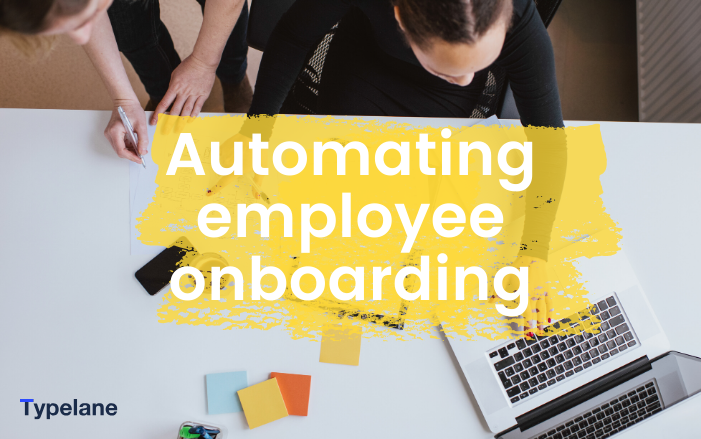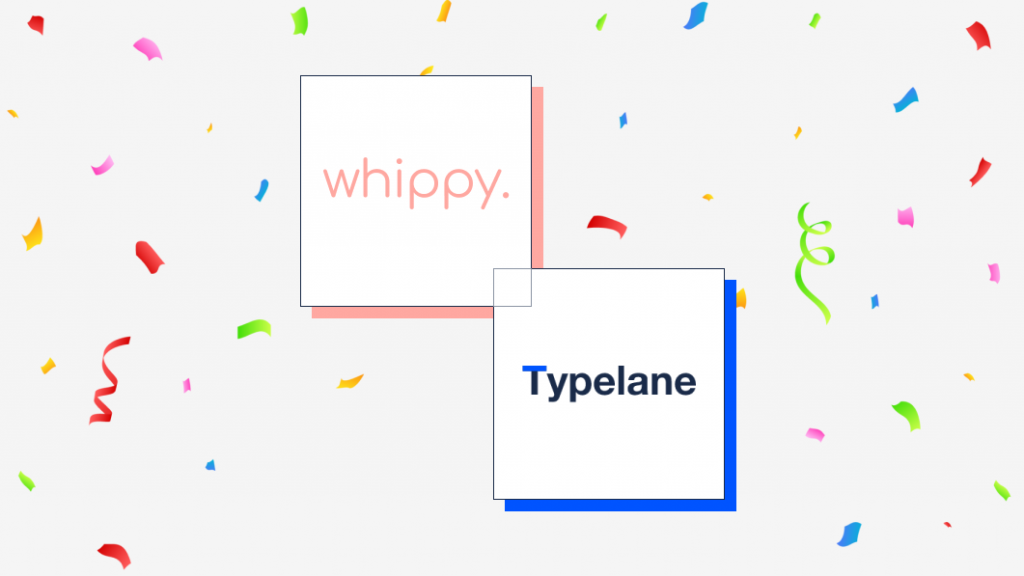Automating employee onboarding – How and why?


Attracting and retaining the right kind of superstar talent is the #1 goal for most organizations. Handling the organization’s most valuable asset is a demanding task and includes a ton of paperwork and many repetitive tasks; email threads, spreadsheets, schedules, checklists, and the list goes on and on. Luckily, that doesn’t need to be the case anymore. We now have access to technology as never before in human history and it is easier than ever to automate some of the more tedious tasks.
Automation in HR
Automation has for long been a big thing in several areas; marketing, sales, engineering and customer success, just to mention a few, and the recent transition to remote work has pushed HR to also rethink as well as rebuild some of the key processes. The role of data, AI, and automation in HR operations will be even prominent in the future and the train is now slowly leaving the platform. The time to jump on the bandwagon is now and the timing can actually make all the difference.
We decided to put together a piece about automation, specifically within onboarding. Let’s take a quick look at it. Most processes can benefit from either partial or full automation: recruiting, onboarding, training, and payroll, just to mention some. Automating some or all of these processes will help HR to work more efficiently and enable them to do what they do best, develop their people, and culture. In addition to saving time, automation brings other advantages, such as:
- Consistency across operations
- Fewer time-consuming or costly errors
- Higher accuracy to make better decisions
Now, automation may sound a bit intimidating and people often assume that in order to automate something, one has to be either a developer or otherwise a techy person. Fortunately, that is not always the case; many of the automation software and tools available today are simple to set up and operate – without any help from IT 😉
Automating employee onboarding
Why?
After recruiting, onboarding is the second touchpoint between the employer and the new hire, and it’s the one that makes a lasting impression. Employee onboarding is the process of familiarizing a (new) employee with the organization’s policies, the employee’s role in the organization, and the organization’s culture. Why should you automate a process that is this important?
1. Less stress and hassle
This applies to both parties, employers and employees. Setting up a proper onboarding process enables both the employee and employer to be on the same page throughout the entire process. In addition, automating the more tedious tasks frees up HR’s time so that they can focus on creating an engaging and pleasant onboarding experience.
2. Higher retention
This one is simple; strong onboarding leads to higher retention. Higher retention, in turn, means that you don’t need to worry about wasting money, time, effort and other resources on trying to constantly find new talent.
3. A better employee experience
If you have ever experienced a rushed, confusing or otherwise poor onboarding when joining a company, you probably know how it affects the perception of that company. I like to compare onboarding to entering a restaurant; the staff is rushing around, you are barely noticed – let alone welcomed, and on top of that the menu is confusing. How does that impact you’re assumptions about the quality of service and food and your overall perception of the restaurant?
Onboarding experience impacts how the new hire perceives the company how fast they become productive and what they tell others about it. Take the opportunity and make sure that every new hire becomes a brand ambassador.
4. Consistency
Succeeding in delivering the most amazing employee onboarding is not enough if it’s only done once. The key to long-term success is keeping the process consistent and up to certain standards on an ongoing basis. Automating the processes help to eliminate human errors and ensure that every new hire gets a great start on their new job.
How?
Several steps of the employee onboarding can be automated but you shouldn’t strive for 100% automation in the process. Successful employee onboarding is a personal experience for each new hire and leaving all human touch out of the process is not a good idea. Imagine starting a new job and having no human-to-human interaction but everything is automated or done via bots and so forth. Here are a few pointers for leveraging employee onboarding via automation.
1. Mapping out the process
Before anything else, one should have a clear understanding of the whole onboarding process. What are the steps included in the process? This often varies depending on the role and department. The best way to start mapping out the process and to-dos is by breaking it down to smaller pieces, such as:
- Before the first day
- On the first day
- On the first week
- Between the months one and three
2. What should be automated
It’s safe to say that pretty much everything included in the employee onboarding can be more or less automated. When it comes to what should be automated there’s no absolute right or wrong approach. Rather, it’s good to think about what are the more tedious, time-consuming steps; which functions are more prone to human error? And on the other hand, which steps require more attention and engagement?
An example: most of the onboarding communications should be personalized so that the new hire doesn’t feel like they are greeted by a robot. However, the onboarding workflow could be automated, so that the messages and inquiries in each stage of the process don’t have to be manually sent.
3. Starting small
It doesn’t have to be overly technical or complicated to get started with automating employee onboarding or parts of it. There are a ton of software options depending on how much one is looking to automate. Whether or not it makes sense to start with a costly and all-inclusive system straightaway, is another story. Starting small, finding a solution that is easy to get started with and fits your needs enables you to streamline your workflow and allocate time for the functions needing your attention and focus the most.
When you are ready to get started with automating employee onboarding, do some research; ask for recommendations from your peers, and simply try out products to get a feel of what they are like to use. These tools are built to help you – not to stress you out.
Sign up for our newsletter!
Fine-tune your knowledge within on- and offboardings with our monthly newsletters.


